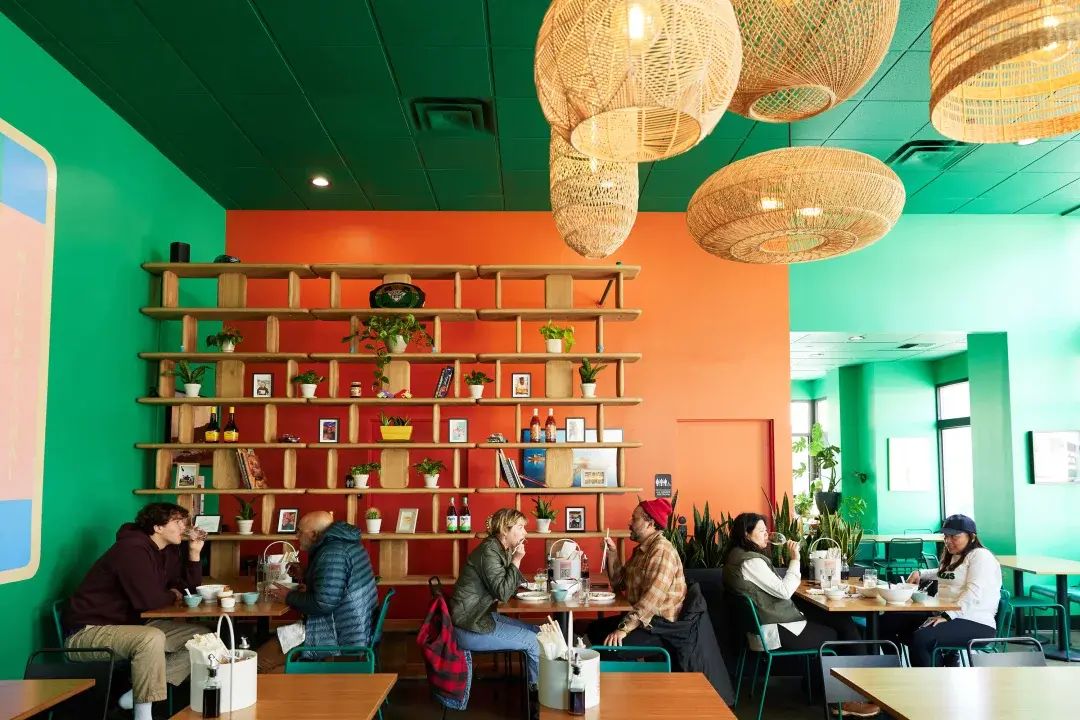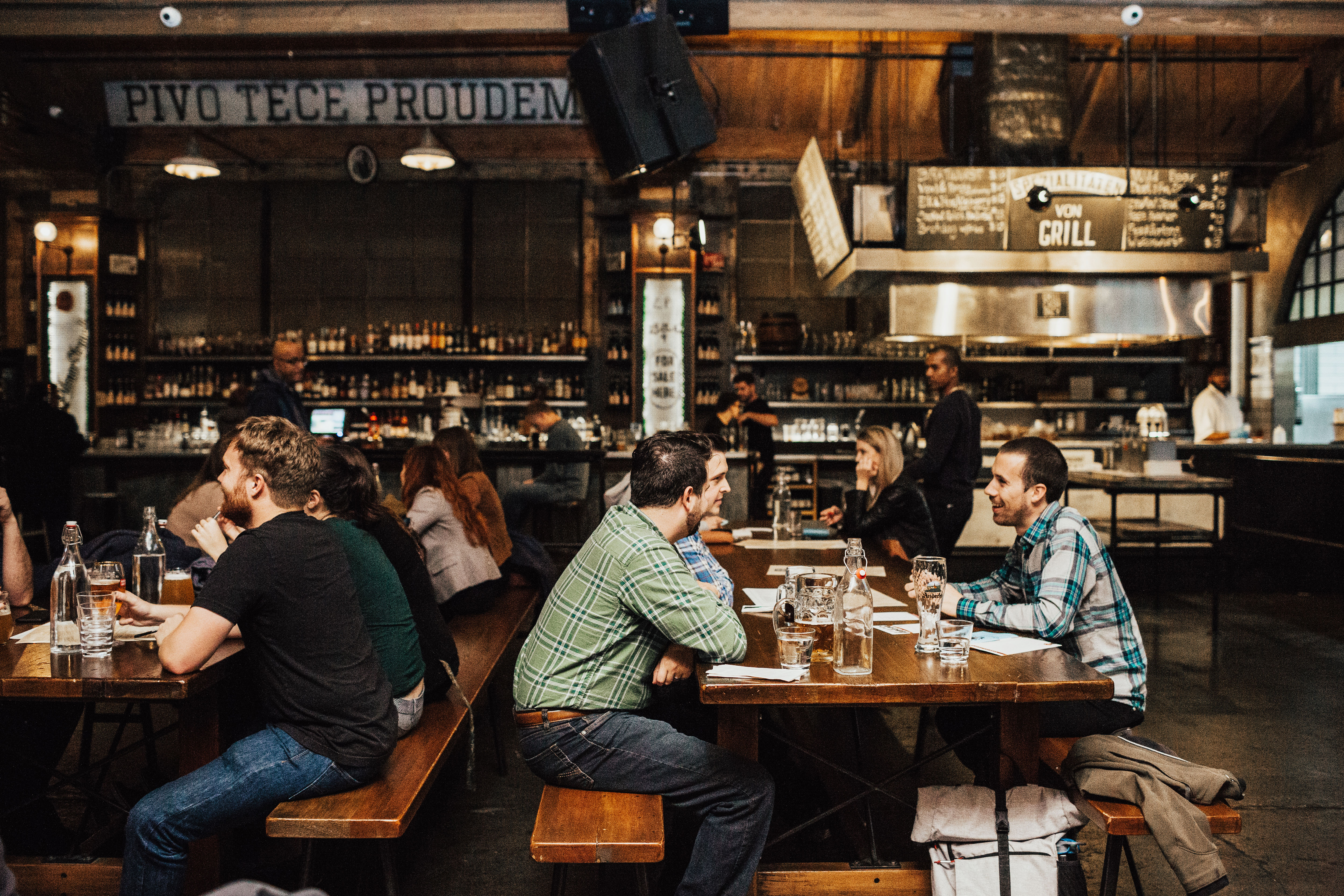News
Ask BikeNerd: Getting Newbies on a Bike and on the Road
This week's Ask BikeNerd focuses on helping new riders find suitable bikes and learn how to safely ride them.
Bryce asks: I just moved here, and I really want to get into biking, especially since there are so many great resources (the Burke-Gilman Trail, for example). What kind of bike do I need, how much should I expect to spend, and where should I buy it?
Starting with the first part of your question, I suggest you look for a bike that is comfortable, has good low-range gears (our hills are big, but any hill can be tackled slow and steady with a low enough gear), and has room for fenders and a rack (you've probably noticed that it rains here).
If you're considering buying a brand-new bike for commuting and riding around town, I suggest looking into a hybrid bike. Hybrids used to be designed primarily for the Sunday-afternoon bike-path cruising crowd, but bike companies have revamped them in recent years to suit the needs of commuters. Trek, Raleigh, Specialized, Kona, and all the other major companies offer comparable commuter bikes with upright handlebars, wider tires, and wide-range gearing. Some even come stock with fenders and racks. You can expect to spend at least $500 for a bike like this at a bike shop. There are advantages to buying a bike new, such as a manufacturer's warranty and one or two free tune-ups from the shop where you buy it.
Another option is a used fully rigid (no suspension) mountain bike from the late '80s or early-to-mid-'90s. Thanks to the booming popularity of mountain biking in the '90s, there are tons of old mountain bikes around. Like any good commuter bike should, they put you in a more-upright position, have wide-range gearing, and usually have braze-ons (permanently affixed parts) that allow you to attach fenders and racks. Once you swap out the old knobby tires for slick tires, you'll be good to go. Bike Works is a good place to go for a used bike. They refurbish their bikes before reselling them. Expect to pay at least $200 at Bike Works.
Finally, there's the Craigslist route. However, unless you know how to fit yourself properly on a bike (or have a friend who does) and know what to look for, I would avoid it. Though there are excellent deals to be found, there is far more garbage than gold. It'd be easy to spend the same amount of money on a run-down, gas-pipe 10-speed that someone is enthusiastically but ignorantly selling as "vintage" that you could've spent on a solid commuter from Bike Works.
Whatever you decide, make sure you also budget in the cost of a helmet, lock, and a set of front and back lights.
Dan asks: How can I safely ride on the road?
Faced with the barrage of once-a-year, dust-off-the-old-Schwinn bicyclists out on the road for Bike To Work Month last May, I wrote a few suggestions for staying safe while riding on the road. They are largely based on the tenets of vehicular cycling and, regardless on whether or not you think John Forester is a dinosaur with outdated views on bicycling infrastructure (I do), his suggestions for safe riding are sound.
I wrote:
Be Predictable: Predictability is the most important thing for staying safe. If you’re riding along in a straight line, drivers can usually guess your next move and act accordingly. If you’re weaving all over the road—like the woman in front of me on Stone Way this morning who kept switching from bike lane to parking lane and back again as we coasted down the hill—you’re putting yourself at risk.
Signal: This goes hand and hand with predictability. It seems obvious, but a lot of cyclists and drivers have a bizarre aversion to signaling. Throw your hand up (as shown in the handy diagram below) and let cars (and other bicycles) know what you’re about to do. Even the half-assed, point-from-the-hip-with-one-finger signal is better than nothing. The the diagram doesn't show it, it's legitimate and legally acceptable to use your right hand to signal a right-hand turn if you are more comfortable doing so.

Take the Lane: If riding down the center of the travel lane makes things feel safer for you, do it. Taking the lane is particularly good when the only other option is to ride in the door zone. Sure, you might inconvenience some drivers for a few seconds, but getting honked at is definitely preferable to getting hit with a car door.
Stay off the Sidewalk: It might seem safer to ride on the sidewalk than a busy road, but this is rarely the case. You’re far more likely to get hit by cars entering or leaving driveways and parking lots on the sidewalk than on the street. Drivers don’t expect a fast-moving bike on the sidewalk and likely won’t look for one as they pull in or out.
One thing I would add that I didn't mention in May: always use front and back lights when riding in the dark. I'm always amazed when I see bicyclists riding with a red blinky in back, but nothing in the front. Without a front light you are basically invisible to every walker, biker, and driver around you. Even the cheapest front blinky light is better than nothing and will do wonders for helping you get seen instead of crushed by that left-turning driver who didn't (and couldn't) have a clue you were there.
That's all for this week. As always, send your bike questions to [email protected].
Bryce asks: I just moved here, and I really want to get into biking, especially since there are so many great resources (the Burke-Gilman Trail, for example). What kind of bike do I need, how much should I expect to spend, and where should I buy it?
Starting with the first part of your question, I suggest you look for a bike that is comfortable, has good low-range gears (our hills are big, but any hill can be tackled slow and steady with a low enough gear), and has room for fenders and a rack (you've probably noticed that it rains here).
If you're considering buying a brand-new bike for commuting and riding around town, I suggest looking into a hybrid bike. Hybrids used to be designed primarily for the Sunday-afternoon bike-path cruising crowd, but bike companies have revamped them in recent years to suit the needs of commuters. Trek, Raleigh, Specialized, Kona, and all the other major companies offer comparable commuter bikes with upright handlebars, wider tires, and wide-range gearing. Some even come stock with fenders and racks. You can expect to spend at least $500 for a bike like this at a bike shop. There are advantages to buying a bike new, such as a manufacturer's warranty and one or two free tune-ups from the shop where you buy it.
Another option is a used fully rigid (no suspension) mountain bike from the late '80s or early-to-mid-'90s. Thanks to the booming popularity of mountain biking in the '90s, there are tons of old mountain bikes around. Like any good commuter bike should, they put you in a more-upright position, have wide-range gearing, and usually have braze-ons (permanently affixed parts) that allow you to attach fenders and racks. Once you swap out the old knobby tires for slick tires, you'll be good to go. Bike Works is a good place to go for a used bike. They refurbish their bikes before reselling them. Expect to pay at least $200 at Bike Works.
Finally, there's the Craigslist route. However, unless you know how to fit yourself properly on a bike (or have a friend who does) and know what to look for, I would avoid it. Though there are excellent deals to be found, there is far more garbage than gold. It'd be easy to spend the same amount of money on a run-down, gas-pipe 10-speed that someone is enthusiastically but ignorantly selling as "vintage" that you could've spent on a solid commuter from Bike Works.
Whatever you decide, make sure you also budget in the cost of a helmet, lock, and a set of front and back lights.
Dan asks: How can I safely ride on the road?
Faced with the barrage of once-a-year, dust-off-the-old-Schwinn bicyclists out on the road for Bike To Work Month last May, I wrote a few suggestions for staying safe while riding on the road. They are largely based on the tenets of vehicular cycling and, regardless on whether or not you think John Forester is a dinosaur with outdated views on bicycling infrastructure (I do), his suggestions for safe riding are sound.
I wrote:
Be Predictable: Predictability is the most important thing for staying safe. If you’re riding along in a straight line, drivers can usually guess your next move and act accordingly. If you’re weaving all over the road—like the woman in front of me on Stone Way this morning who kept switching from bike lane to parking lane and back again as we coasted down the hill—you’re putting yourself at risk.
Signal: This goes hand and hand with predictability. It seems obvious, but a lot of cyclists and drivers have a bizarre aversion to signaling. Throw your hand up (as shown in the handy diagram below) and let cars (and other bicycles) know what you’re about to do. Even the half-assed, point-from-the-hip-with-one-finger signal is better than nothing. The the diagram doesn't show it, it's legitimate and legally acceptable to use your right hand to signal a right-hand turn if you are more comfortable doing so.

Take the Lane: If riding down the center of the travel lane makes things feel safer for you, do it. Taking the lane is particularly good when the only other option is to ride in the door zone. Sure, you might inconvenience some drivers for a few seconds, but getting honked at is definitely preferable to getting hit with a car door.
Stay off the Sidewalk: It might seem safer to ride on the sidewalk than a busy road, but this is rarely the case. You’re far more likely to get hit by cars entering or leaving driveways and parking lots on the sidewalk than on the street. Drivers don’t expect a fast-moving bike on the sidewalk and likely won’t look for one as they pull in or out.
One thing I would add that I didn't mention in May: always use front and back lights when riding in the dark. I'm always amazed when I see bicyclists riding with a red blinky in back, but nothing in the front. Without a front light you are basically invisible to every walker, biker, and driver around you. Even the cheapest front blinky light is better than nothing and will do wonders for helping you get seen instead of crushed by that left-turning driver who didn't (and couldn't) have a clue you were there.
That's all for this week. As always, send your bike questions to [email protected].




